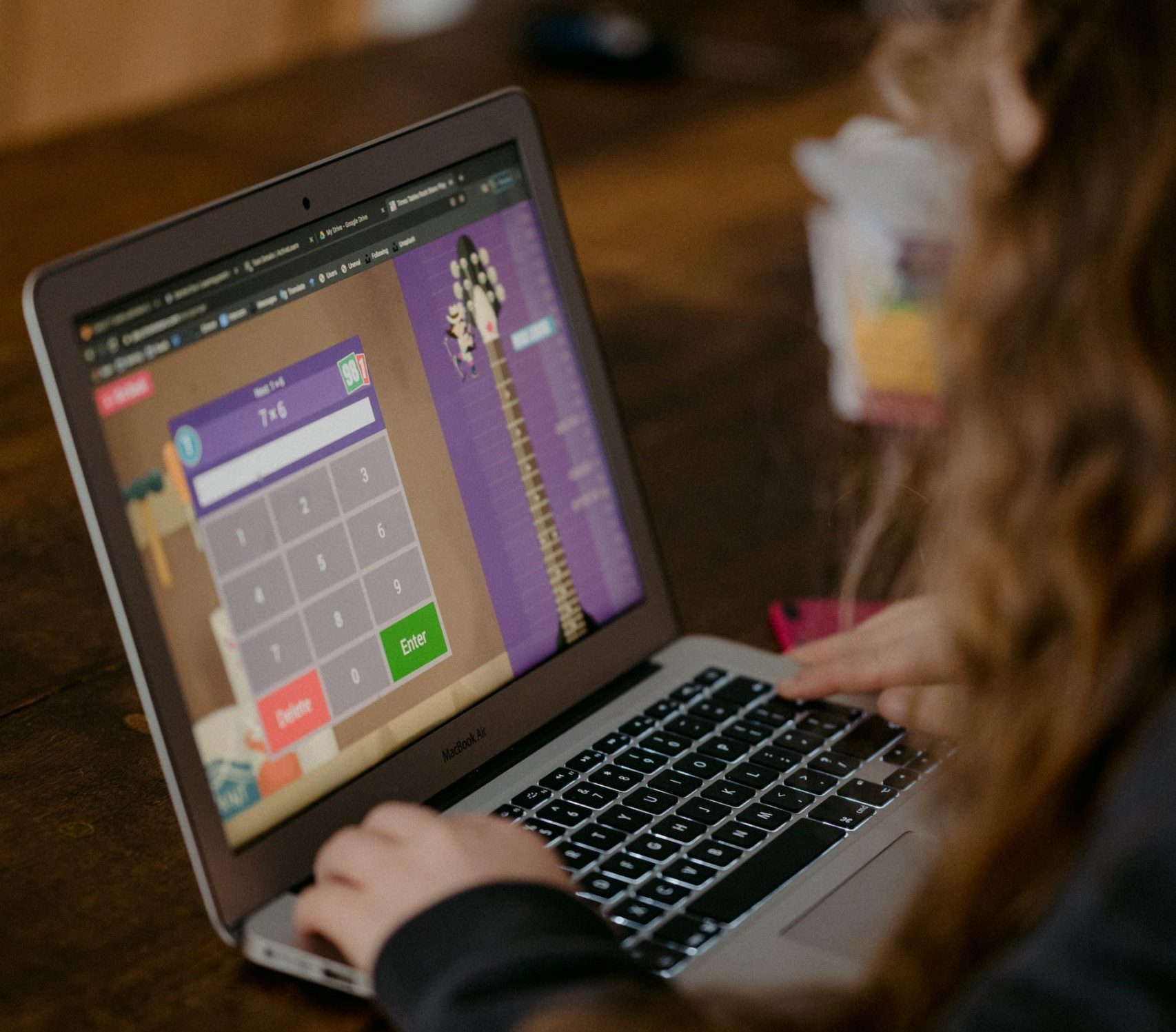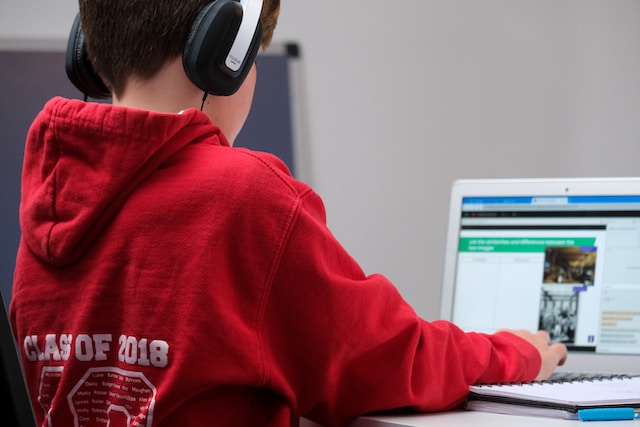In today’s fast-paced work environment, the integration of online learning has become a game-changer, revolutionising the way employees acquire new skills and knowledge. Online learning, often referred to as e-learning, encompasses various forms that cater to different learning styles and workplace demands. Let’s take a closer look at the different types of online learning and how they contribute to enhancing workplace efficiency.
Web-Based Courses
Web-based courses are the cornerstone of online learning in the workplace. These courses offer a wide range of subjects and topics accessible via the internet. Employees can engage in self-paced learning, allowing them to manage their time effectively and delve into topics relevant to their roles, resulting in a more productive and knowledgeable workforce.
Interactive Multimedia Modules
Interactive multimedia modules incorporate engaging content such as videos, audio clips, and visual presentations. These modules provide employees with an immersive learning experience, making complex concepts more accessible and promoting better retention of information. This interactive approach boosts efficiency by fostering a deeper understanding of the subject matter in a shorter period.
Virtual Instructor-Led Training (VILT)
VILT combines the benefits of traditional face-to-face instruction with the flexibility of online learning. Through live webinars and virtual classrooms, employees can interact with instructors in real-time, ask questions, and engage in discussions. VILT fosters a collaborative learning environment, ensuring that employees receive immediate feedback and guidance, thereby streamlining the learning process and increasing overall efficiency.
Mobile Learning (m-learning)
Mobile learning leverages smartphones and tablets to deliver educational content to employees on-the-go. This form of learning allows employees to access training materials during their daily commute or work breaks, enabling them to make the most of their downtime. The convenience of m-learning enhances employee engagement and encourages continuous learning, leading to improved efficiency and productivity.
Gamified Learning
Gamified learning integrates game-like elements into the training process, making learning more interactive and enjoyable. By incorporating rewards, challenges, and competition, gamified learning motivates employees to actively participate and complete training modules. This approach not only enhances employee engagement but also fosters healthy competition, driving employees to achieve their learning goals more efficiently.
Simulations and Virtual Reality (VR)
Simulations and virtual reality (VR) provide employees with hands-on, immersive learning experiences. Through simulated scenarios and virtual environments, employees can apply theoretical knowledge to practical situations, fostering a deeper understanding of complex concepts. This experiential learning approach promotes efficient decision-making and problem-solving skills, ensuring that employees are well-equipped to handle real-world challenges more effectively.
Apart from the diverse types of online learning, various platforms are available to facilitate these learning experiences. Learning Management Systems (LMS), Massive Open Online Course (MOOC) platforms, and bespoke e-learning platforms are a few examples. These platforms offer a user-friendly interface and streamlined content delivery, making the learning process accessible and engaging for employees.
In this digital age, the significance of Design-led and bespoke learning content cannot be overstated. By shaping the way people think, act, and feel, Design-led and bespoke learning content creates interactive, mobile-friendly courses that not only educate but also energise learners. This approach ensures that employees remain actively engaged and motivated throughout their learning journey, leading to a more efficient and effective learning experience overall.
The integration of various online learning methods and platforms within the workplace landscape not only enhances employee skills but also boosts overall operational efficiency. By providing diverse and accessible learning opportunities, businesses can ensure that their workforce remains updated, engaged, and adaptable, ultimately leading to a more agile and efficient workplace environment.










